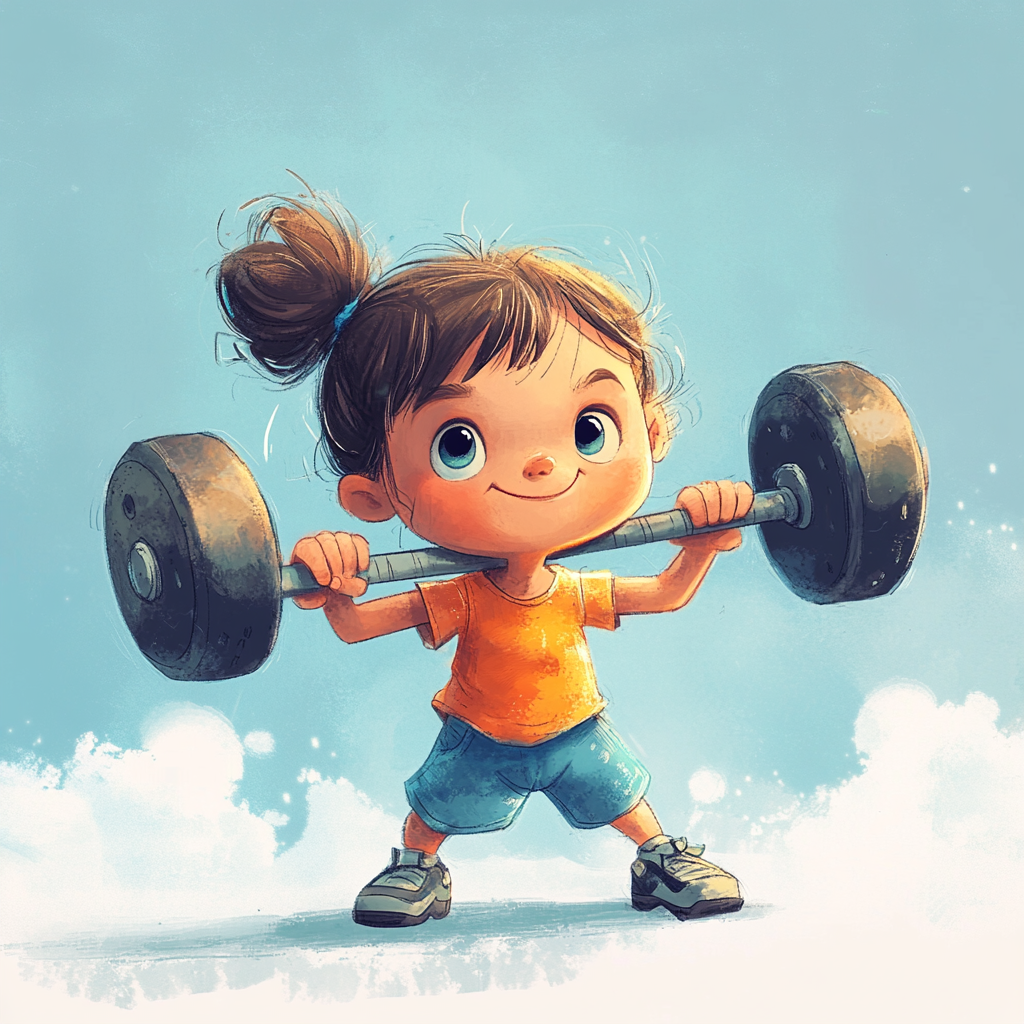How Much Resilience Should Our Children Endure?
So many people say that children are resilient. And while this is true to some extent, it does not mean they will automatically develop healthy emotional coping strategies. In fact, when a child is constantly placed in an environment where they must adapt to pain, unpredictability, or emotional instability, their coping strategies may become their character. But are those coping strategies healthy, or are they survival mechanisms?
What if what we often call resilience is actually the child learning to control their surroundings to feel safe? What if they are adapting so hard that they lose touch with their natural growth, spontaneity, and emotional development? When a child is in a constant state of alertness, managing changing relationships, losses, and emotional chaos, they may not be building resilience. They may be learning how to survive in a world where safety is conditional.
Resilience is often defined as one’s ability to endure and recover quickly from difficulty. But if a child is altering their personality, becoming more withdrawn, more reactive, or more controlling in order to feel stable, is that true resilience? Or is it adaptation driven by fear? If a child who was once joyful and expressive becomes rigid and emotionally distant, we must ask: what changed in their environment? And what did they learn they needed to become to maintain safety?
Take the example of affidavits in family court. These documents are often filled with claims, distortions, and harsh accusations written by someone the child may love and trust. The process is confronting not just for the parents, but deeply unsettling for children who become caught in a narrative of conflict and emotional tension. The parent's response and behaviours to legal processes often resonating onto the child.
Let’s take a metaphor: imagine a child whose parent is frequently overwhelmed or disengaged. Over time, the child learns that expressing needs leads to conflict or withdrawal. So they begin to silence those needs, keeping their feelings to themselves. They become compliant, overly self-sufficient, or even emotionally flat. On the outside, they may seem resilient or mature. But inside, they are carrying the weight of emotional suppression, often in service of maintaining their parent's emotional stability. This isn't resilience. It's adaptation through self-denial.
These adaptations don’t disappear. They often show up in adult relationships as attachment patterns. A child who learned not to express needs may grow into an adult with avoidant attachment—disconnected from their own emotions, resistant to intimacy, and fearful of vulnerability. Or they may develop anxious attachment—constantly seeking reassurance, over-explaining, or fearing abandonment.
There is a delicate balance between the right amount of stress that builds resilience, and too much stress that overwhelms a child’s capacity to regulate. Too little challenge and the child may not develop grit. Too much, and the child develops defenses instead of strength. But this balance cannot be measured by age alone. It must be gauged by the child’s developmental stage, emotional regulation capacity, and the presence of attuned, supportive caregivers.
Repetition and predictability to manageable stressors, with a safe adult present, can indeed build resilience. Sudden emotional shocks, abandonment, or high-conflict environments do not. These conditions overwhelm the nervous system and lead to coping mechanisms that look like resilience, but are actually internal shutdowns.
Each child will form coping mechanisms based on past patterns. If what they’ve learned is that connection is conditional, or that love comes with emotional volatility, they will shape their behaviours accordingly. As adults, we have the responsibility to become aware of how our tone, energy, and actions shift their nervous systems into calm or chaos.
So, what can we do?
We can start by asking: Is my child adapting to me, or are they growing safely alongside me? We must be brave enough to look at our impact without shame—only with awareness. Because with awareness, we can course correct. We can choose emotional consistency. We can validate their feelings. We can model calm during conflict. And we can become safe enough for our children to stop surviving and start thriving.
Resilience is not built in chaos. It’s built in safe relationships that allow the nervous system to return to calm after challenge. True resilience is not just about enduring hardship—it’s about having someone there who helps us make sense of it.
Let’s not call survival resilience. Let’s raise children who don’t have to recover from their childhood in the first place.
